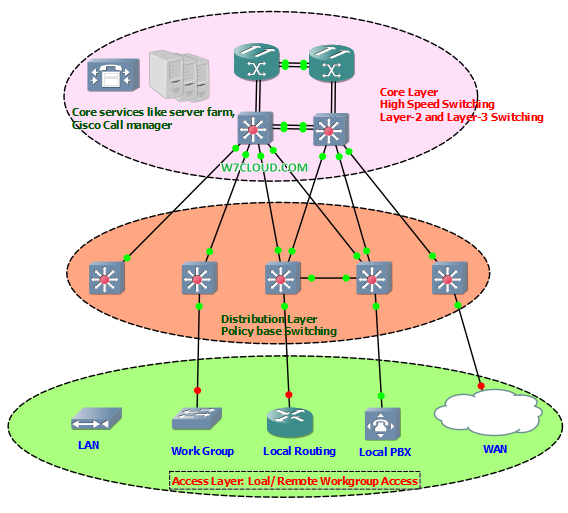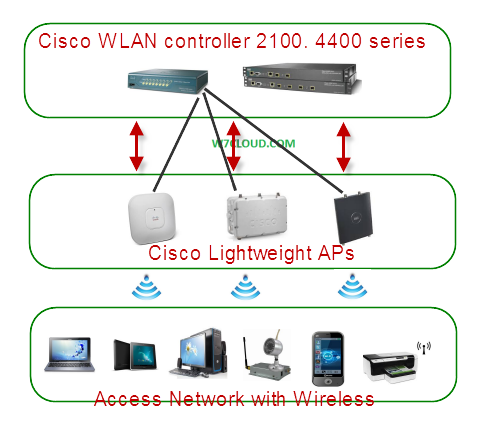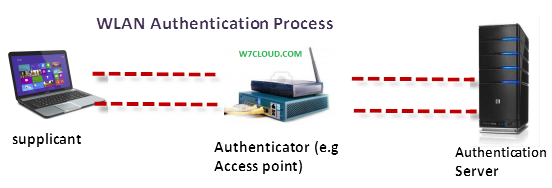
Analyzing Application Traffic:
Analyzing and management of application traffic is another important aspect of switching network, and must have to be managed it properly for good performance of the network. For application traffic we have the 20/80 rule and according to this rule our 20% traffic is local traffic that remains within our access network and 80% traffic move across the core and distribution edge. If we look at the today’s networks we found that Nowadays we have the server farms at core or in backbone instead of old days when we have few servers in our network and we like them to place at near the access network for fast access. But now because of fast media like fiber optic and large number of application servers, it is better to have these servers in core. But this type of design increases the traffic to move through our distribution edge and core network. For this type of scenario Cisco recommend following the Cisco three layer model and for the switching network we can design our network according to following diagram. Where we have end devices and LAN switches with UTP/STP cable and at distribution we have multilayer switches with optical fiber for fast communication. And at core we have our backbone routes and servers.
Analyzing Multicast Traffic:
In today’s network we have multicasting instead of old day’s network where we only have the broadcast. Multicasting saves bandwidth by sending a single set of data to multiple selected nodes instead to all thousand nodes. We can use the multicasting for:
- Videoconferencing and meeting
- E-learning Solution and Web casting
- Application distribution
- Streaming
In Multicasting we have a protocol IGMP for joining a multicast group. For multicasting we can use Cisco multicast-enabled router that use Protocol Independent Multicast (PIM). Also Cisco switches use CGMP/IGMP snooping for handing multicasting.
Analyzing Delay-Sensitive Traffic:
When we have traffic like IP telephony, multicast traffic, web streaming and have other E-commerce solutions then for this Delay-sensitive traffic we need to implement the traffic engineering techniques and QOS for better traffic management and for avoiding delay in such sensitive traffic. We need to implement proper tagging and classification of traffic, for example we can diving our voice and data traffic using VLAN at access layer. Also we can implement different policies for traffic at distribution and core layer, here from this link you can find a policy based routing example.














